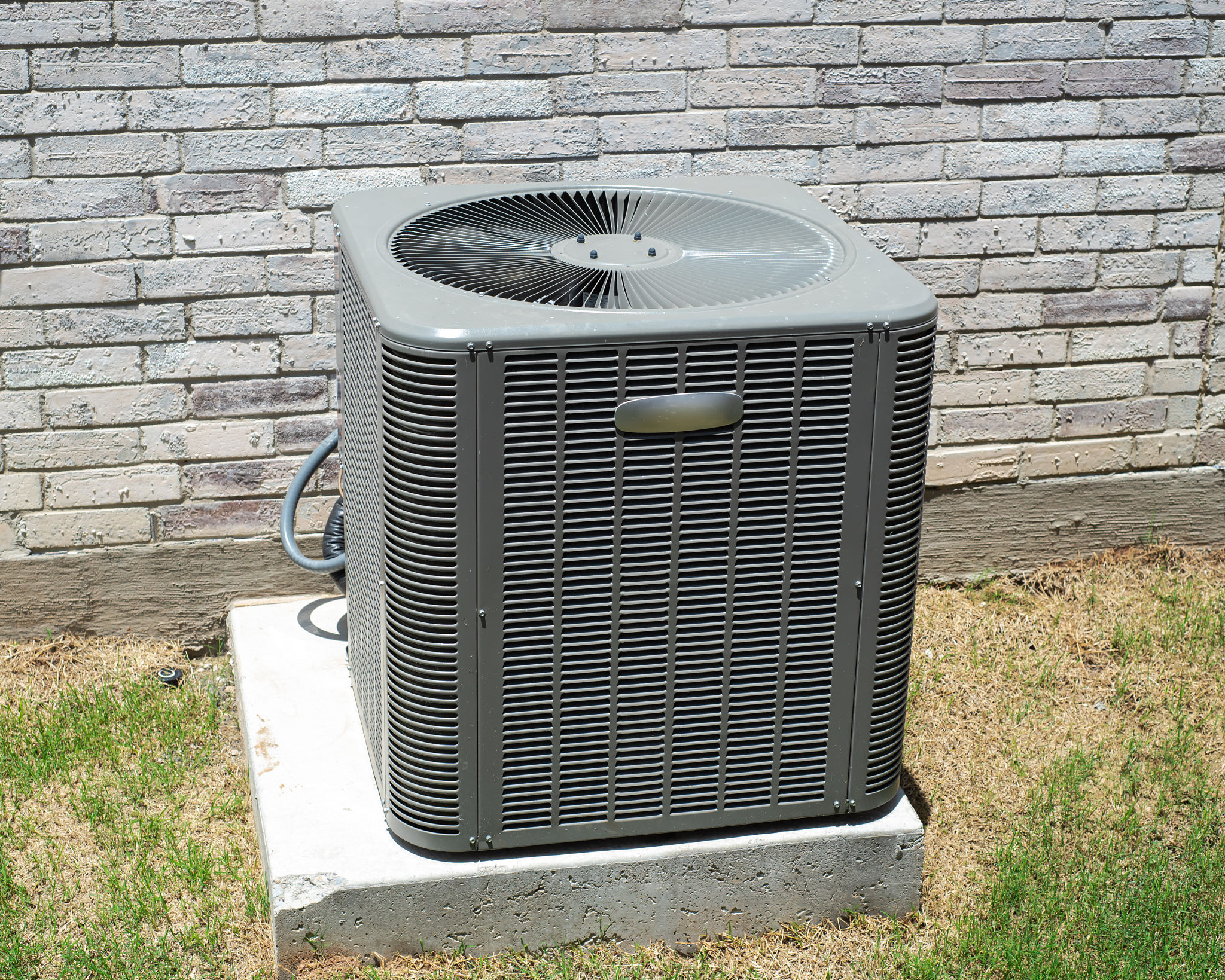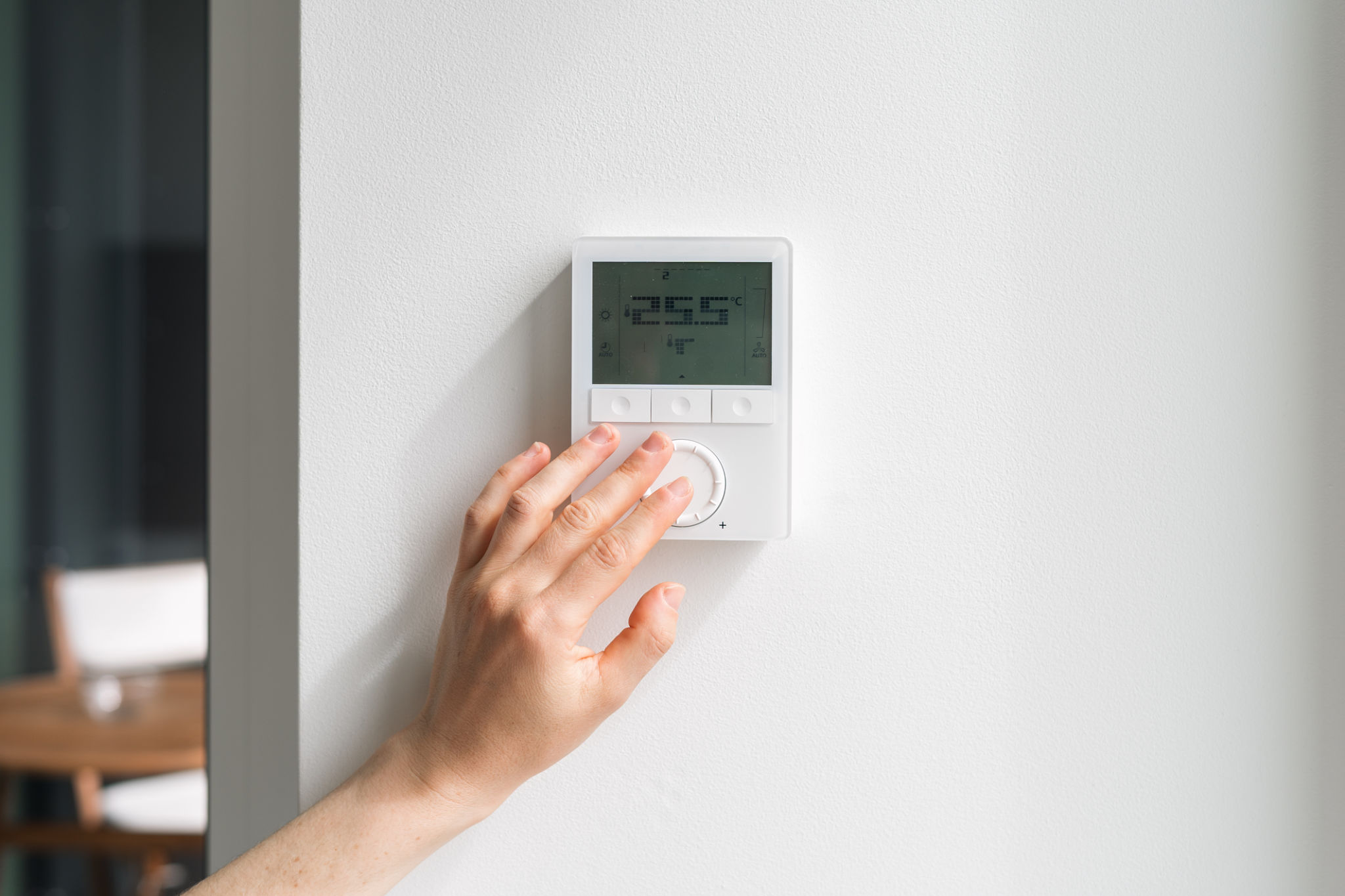Understanding HVAC Energy Efficiency Ratings: A Buyer’s Guide
Introduction to HVAC Energy Efficiency Ratings
When it comes to purchasing a new HVAC system, understanding energy efficiency ratings is crucial. These ratings can influence not only your environmental impact but also your monthly utility bills. In this guide, we’ll explore the key metrics and terms you need to know to make an informed decision.
Energy efficiency ratings provide insight into how well a heating or cooling system uses energy. Higher ratings generally mean lower energy consumption, which can lead to significant cost savings over time. Let’s dive deeper into what these ratings mean and how you can use them to choose the best HVAC system for your needs.

Understanding SEER and EER
The Seasonal Energy Efficiency Ratio (SEER) and the Energy Efficiency Ratio (EER) are two key metrics used to measure the efficiency of air conditioning units. The SEER rating indicates how efficiently a unit can cool over a typical cooling season. Higher SEER ratings usually mean better energy efficiency.
The EER, on the other hand, provides a snapshot of the system’s efficiency at a specific temperature outside, typically 95°F. While SEER can be more beneficial for understanding long-term efficiency, EER is useful for gauging performance during peak conditions.

HSPF for Heating Systems
For heating systems, especially heat pumps, the Heating Seasonal Performance Factor (HSPF) rating is essential. This metric measures the efficiency of a heat pump over an entire heating season. Like SEER, a higher HSPF rating signifies better efficiency and potential cost savings.
When comparing heat pumps, an HSPF of 8 or higher is considered efficient, with some high-efficiency models reaching ratings above 10. Selecting a heat pump with a high HSPF can reduce your energy consumption significantly during the colder months.

AFUE for Furnaces
The Annual Fuel Utilization Efficiency (AFUE) rating applies to furnaces and boilers. It measures how efficiently these systems convert fuel into heat over a typical year. An AFUE rating of 90% means that 90% of the energy in the fuel becomes heat for your home, while the remaining 10% escapes up the chimney or elsewhere.
Modern furnaces with an AFUE of 90% or more are considered highly efficient. If you're in the market for a new furnace, look for models with high AFUE ratings to ensure better performance and lower energy costs.
Benefits of High-Efficiency Systems
Investing in high-efficiency HVAC systems can offer several benefits beyond energy savings. These systems often provide more consistent temperatures and improved indoor air quality while reducing your carbon footprint. Additionally, many utility companies offer rebates and incentives for purchasing high-efficiency units, which can offset the initial investment cost.
Moreover, high-efficiency systems tend to have longer lifespans and require less maintenance due to advanced technologies like variable-speed motors and smart thermostats.

Making an Informed Decision
When shopping for an HVAC system, consider your local climate, home size, and budget alongside energy efficiency ratings. It’s also important to consult with a qualified HVAC professional who can perform load calculations and recommend the appropriate system size and type for your specific needs.
By understanding these ratings and their implications, you’ll be better equipped to choose an HVAC system that offers both comfort and savings. Remember that while upfront costs may be higher for high-efficiency systems, the long-term savings on utility bills often justify the investment.
